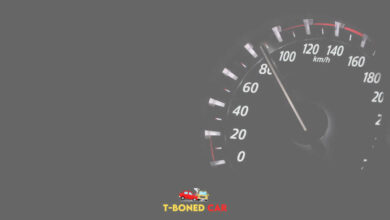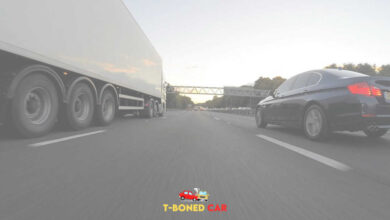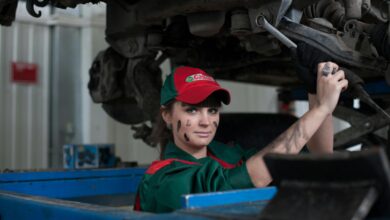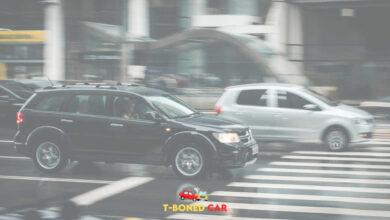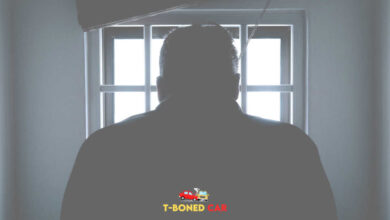What Does T-Boned Car Meaning
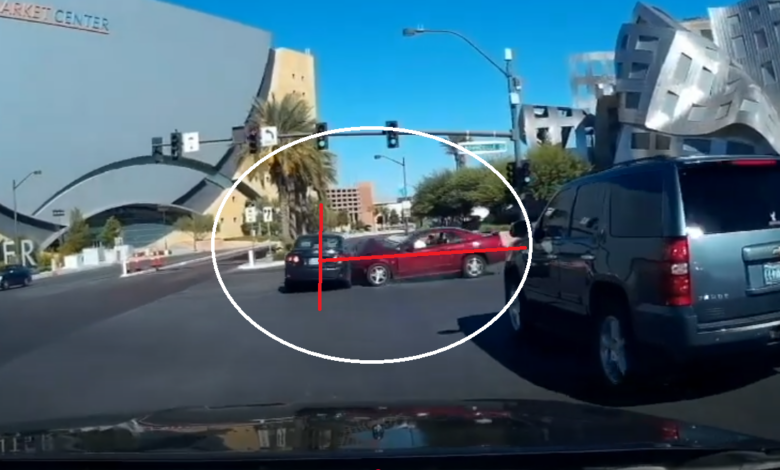
Have you ever heard someone say they got “T-boned” in a car accident? If so, you might be curious about what this term really means. In the world of road safety, the phrase what does T-boned mean refers to a specific type of collision. Typically, this involves one vehicle being struck on its side by another vehicle, forming a ‘T’ shape. Such accidents can be alarming and serious. Understanding this term is important, especially for those who navigate busy streets daily. Whether you’re a driver or a passenger, knowing what to do in case of such incidents can help keep you safe.
The term T-boned commonly refers to car accidents where one vehicle collides with the side of another, resembling the letter ‘T’. This type of collision is often more dangerous than rear-end accidents due to the impact on the sides of vehicles that typically have less protection. Additionally, the phrase can be used in different contexts, such as cooking, where a ‘T-bone’ steak indicates a specific cut of meat. In slang, it can refer to various situations where one party is caught off guard or in a compromising position. Understanding the meaning of T-boned in these different contexts can enrich your vocabulary and provide clarity in conversations.
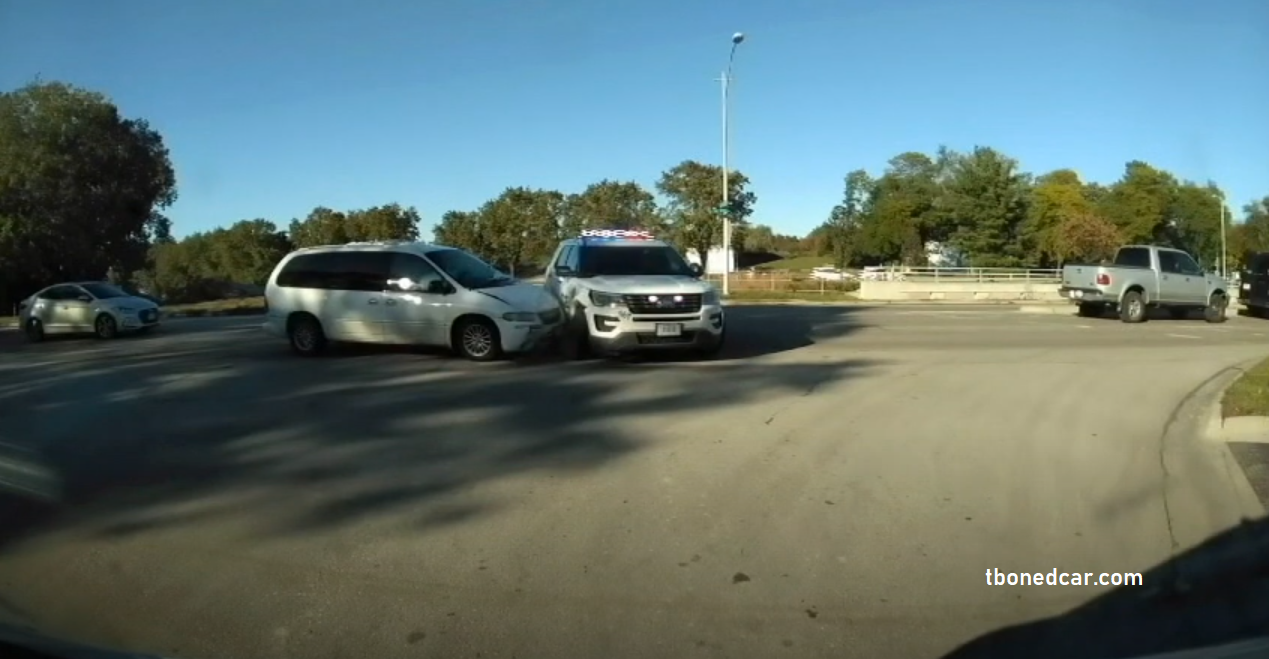
Understanding the T-Bone Collision: An Overview
The term what does t boned mean relates to a specific type of vehicle collision. In a T-bone collision, one vehicle crashes into the side of another, forming a “T” shape. This incident often occurs at intersections where a driver fails to yield or runs a red light. Unfortunately, these accidents can have serious consequences.
Understanding the dynamics of a T-bone crash is crucial for drivers. Here are some key points to consider:
- Visibility Issues: Poor visibility can lead to misunderstandings about when it is safe to proceed.
- Speed Limits: Exceeding speed limits increases the severity of the collision.
- Driving Under Influence: Impaired drivers significantly raise the risk of T-bone collisions.
Additionally, many people wonder, what does t boned mean in slang? In casual conversations, being “T-boned” could jokingly refer to getting hit with unexpected news or surprises. However, the real concern lies in road safety. Awareness and caution can drastically reduce the chances of encountering such dangerous situations.
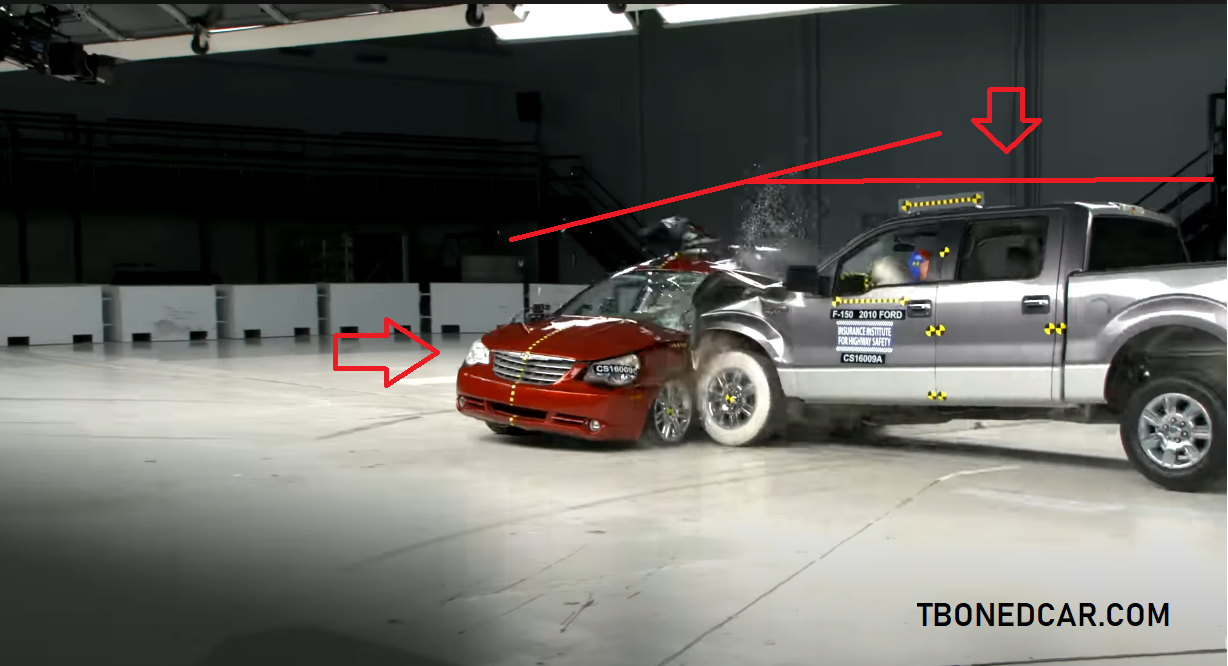
Common Causes of T-Boned Accidents and Prevention Strategies
T-boned accidents occur when one vehicle strikes another at a right angle, resembling the letter “T.” Understanding the what does T boned mean in car accidents context is essential for drivers. Common causes include running red lights, failing to yield, and distracted driving. Often, these incidents transpire in intersections where visibility can be poor.
To prevent such accidents, always adhere to traffic signals and be vigilant for oncoming vehicles. Moreover, a defensive driving mindset can significantly reduce risks. For instance, anticipate potential hazards, especially when approaching intersections where T-boning occurs frequently. It’s crucial to remain aware of surrounding traffic, as even a momentary lapse can lead to dire consequences.
Prevention Strategies
| Strategy | Description |
|---|---|
| Adhere to Signals | Always follow traffic lights and signs. |
| Defensive Driving | Be alert and prepared for unexpected moves from other drivers. |
| Vehicle Maintenance | Regular checks can help avoid malfunctioning brakes or lights. |
By implementing these strategies, you can significantly mitigate the risks associated with T-boned accidents. For further understanding, aspects of what does T boned mean in cooking or what does T boned mean in sports show how the term signifies a central convergence point, highlighting the importance of caution and awareness in any context.
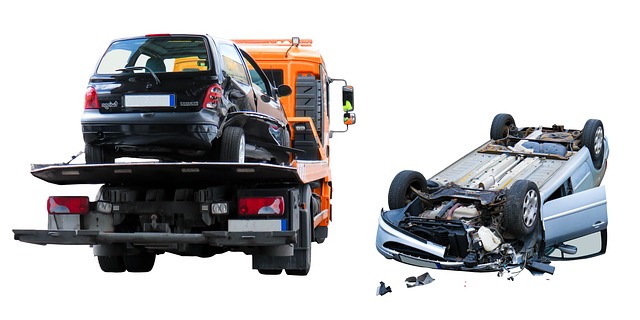
Legal Implications of T-Boned Car Accidents
When a driver experiences a T-boned car accident, understanding the legal implications becomes vital. In such cases, liability often hinges on who had the right of way. For instance, if a vehicle runs a red light, it typically assumes full responsibility for the collision. This scenario raises the question: what does t-boned mean in the context of liability? The driver struck side-on may have a stronger case for damages, especially if they had been following traffic rules correctly.
Insurance Considerations
Insurance policies play a critical role in resolving claims related to T-boned accidents. They often cover medical expenses and property damage, though this isn’t always straightforward. Drivers should also be aware that comparative negligence laws might apply, potentially reducing their compensation if deemed partially at fault. Thus, navigating through the aftermath of a T-boned accident can be complex.
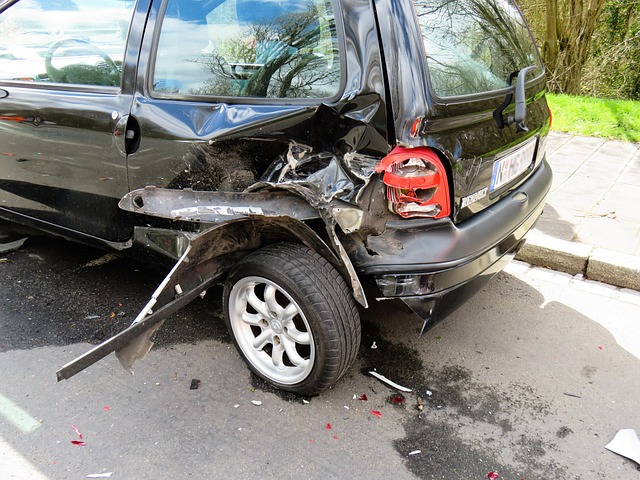
How to Safely Navigate Intersections to Avoid T-Bone Accidents
Navigating intersections requires careful attention to detail to prevent dangerous accidents. T-Bone accidents, specifically, are serious events where one vehicle collides with the side of another, resulting in potentially devastating consequences. Here are some essential tips to ensure your safety at intersections:
- Observe traffic signals: Always obey traffic lights and signs. Each signal is designed to regulate the flow and prevent accidents.
- Check for pedestrians: Before making a turn, always look for pedestrians crossing the road. They may not always be visible at first glance.
- Use your mirrors: Stay aware of your surroundings by frequently checking your mirrors. This observation can help you avoid blind spots.
- Signal your intentions: Use your turn signals well in advance to communicate with other drivers. This can prevent confusion and reduce the risk of a collision.
- Proceed cautiously: Even if you have the right of way, approach intersections with caution. Visibility issues or rushing drivers can lead to accidents.
Understanding what does T boned mean is crucial for recognizing the severity of these situations. By following these tips, you enhance your safety and that of others on the road. Drive responsibly and always stay alert!
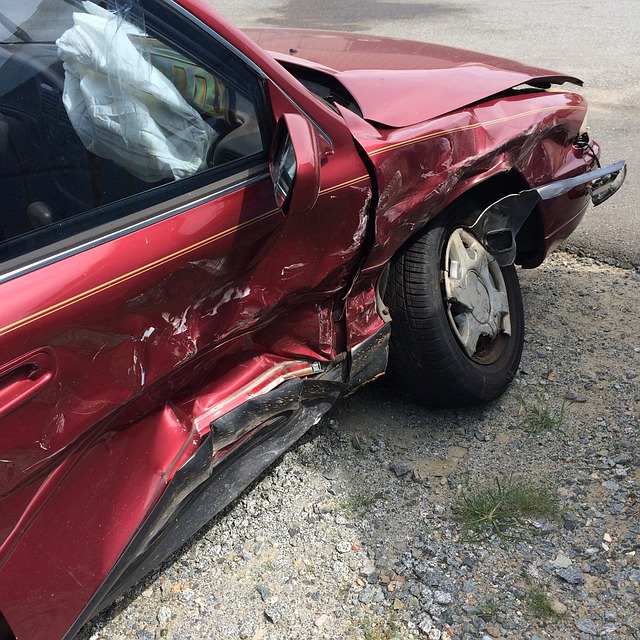
The Role of Vehicle Design in T-Bone Crash Outcomes
Vehicle design plays a crucial role in the outcomes of T-bone crashes. These collisions occur when one vehicle strikes another perpendicularly, creating a high risk of injury for the occupants. The structural integrity of a vehicle can significantly influence the severity of what does t boned mean in terms of safety. For instance, modern cars often incorporate crumple zones that absorb impact energy, potentially reducing injuries.
Furthermore, the use of advanced materials has transformed vehicle constructions, enhancing overall performance during accidents. However, it’s important to recognize that even with improved designs, certain factors — such as speed and angle of impact — still play a substantial role in crash outcomes. This complexity can muddle how we understand safety stats. Thus, while innovations are vital, they don’t eliminate the risks. Ultimately, drivers must stay vigilant. Safe driving practices remain essential for minimizing the dangers associated with T-bone collisions.
Analyzing T-Bone Accidents: Statistics and Trends
T-bone accidents, often misunderstood, occur when the front of one vehicle strikes the side of another. This type of collision is particularly dangerous due to the limited protection on the side of vehicles. Analyzing the data reveals startling trends. According to recent reports, T-bone accidents account for approximately 13% of all motor vehicle crashes in urban areas. Notably, intersection-related incidents are often the culprits, where drivers may fail to yield.
| Year | T-Bone Accidents | Fatalities |
|---|---|---|
| 2020 | 2,500 | 300 |
| 2021 | 2,700 | 320 |
“Understanding how to avoid a T-bone collision could save lives,” says traffic safety expert Dr. Jane Thompson.
While many people might wonder what does T-boned mean, the implications of such accidents extend far beyond mere terminology. Education about safety measures and awareness can drastically reduce these occurrences. Therefore, both drivers and pedestrians share the responsibility to remain vigilant, particularly at intersections.
The Impact of Weather Conditions on T-Boned Car Crashes
Weather conditions significantly influence the occurrence of T-boned car crashes, which often involve two vehicles colliding at right angles. Understanding how various weather elements contribute to these incidents is crucial for drivers. Rain, snow, and fog can dramatically affect visibility and road traction, leading to dangerous driving situations.
Key Weather Factors
- Rain: Reduced traction increases the risk of losing control, making T-boned crashes more likely.
- Snow: Icy roads decrease stopping distance, leading to potential collisions if drivers do not adjust their speed.
- Fog: Limited visibility makes it difficult to judge distances, often resulting in miscalculations during intersections.
Consequently, drivers must adopt a cautious approach in adverse weather, especially when navigating intersections. Drivers should be aware that under such conditions, the chance of being involved in a T-boned crash increases dramatically. It’s essential to drive at reduced speeds, maintain safe following distances, and stay alert to the actions of other drivers.
Ultimately, understanding what does T-boned mean in conjunction with weather impacts can help create safer driving environments. By acknowledging these factors, drivers can make informed decisions, reducing the risk of accidents.
Post-Accident Procedures: What to Do After a T-Bone Collision
Experiencing a T-bone collision can be disorienting. Following this event, it’s crucial to remain calm and take the right steps. Begin by ensuring everyone’s safety. If possible, move to a safe area away from traffic. Then, check for injuries; give priority to those needing immediate medical attention.
Next, contacting the authorities is important. They will document the scene and create an official report, which is vital for insurance claims. Record all details, including time, location, and involved parties. If you’re able, take photos of the accident scene and vehicle damage.
Moreover, exchange information with the other driver, including names, contacts, and insurance details. It’s also wise to speak to witnesses, as their accounts can provide clarity in the aftermath. Remember, staying composed helps mitigate confusion and assists with recovering after understanding what does t boned mean in relation to your circumstances.
| Step | Action |
|---|---|
| 1 | Check for injuries |
| 2 | Call the police |
| 3 | Gather information |
Lastly, don’t hesitate to reach out to your insurance provider. They can assist you in navigating the claims process, particularly as you come to terms with the definition of your unexpected encounter with the road.
Insurance Considerations for T-Bone Car Accident Claims
When involved in a T-bone accident, understanding the insurance implications is crucial. The term “T-bone” refers to a specific type of collision where one vehicle strikes another at a right angle, resembling the letter “T.” One important consideration is determining which driver’s fault was responsible for the accident. This can significantly influence insurance claims.
Assessing Liability
Insurers will investigate the circumstances surrounding the accident. They will gather statements and examine police reports to establish fault. If you were the victim, it’s essential to document all evidence to support your claim. Additionally, comprehensive and collision coverage can help mitigate costs related to repair and medical expenses.
Another key factor is the state in which the accident occurred. Many states adhere to a comparative negligence rule. This system affects how much you can recover based on your degree of fault. Remember, understanding the nuances of your policy can help you navigate the aftermath of a T-bone accident effectively.
Conclusion
In summary, understanding what a T-boned car accident means is crucial for anyone who drives or shares the road. Such collisions typically occur when one vehicle strikes another from the side, often resulting in significant damage and potential injuries. This term serves as a reminder of the importance of road safety and awareness. Knowing what does T-boned mean can help drivers recognize the risks involved in various driving situations. Ultimately, educating ourselves about these scenarios can lead to safer driving practices and a greater understanding of the consequences of careless driving. Let’s stay informed and prioritize safety on the roads.

